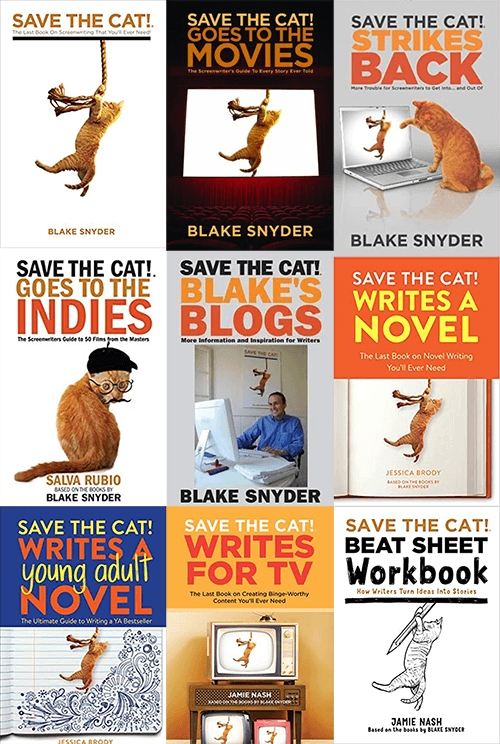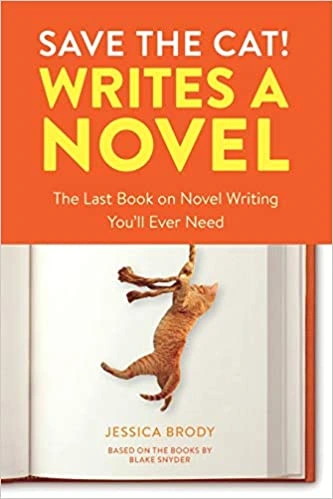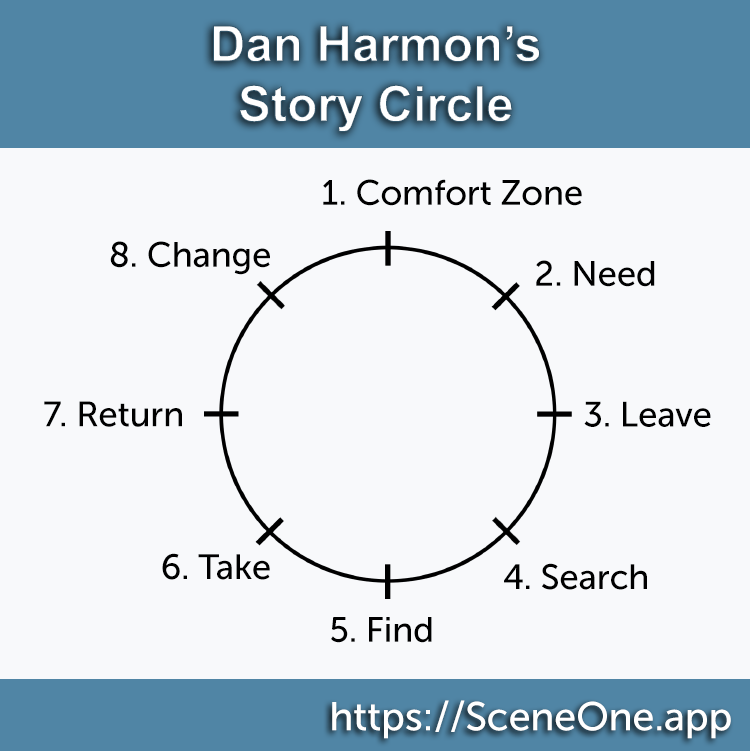The fantasy book genre is a type of fiction that often involves magical or supernatural elements and takes place in a fantastical world or in the real world with added fantasy elements. Fantasy stories often have elements of adventure, romance, and mythology and may include mythical creatures, mythical lands, or magical powers. The genre allows for a wide range of storytelling styles and can include subgenres such as epic fantasy, urban fantasy, dark fantasy, and sword and sorcery. Some well-known examples of fantasy books include "The Lord of the Rings" by J.R.R. Tolkien, "Harry Potter" by J.K. Rowling, and "The Chronicles of Narnia" by C.S. Lewis.
Below is a long list of fantasy subgenres that people write novels in. And if you're interested in other book genres, you'll like our article on popular book genres.



